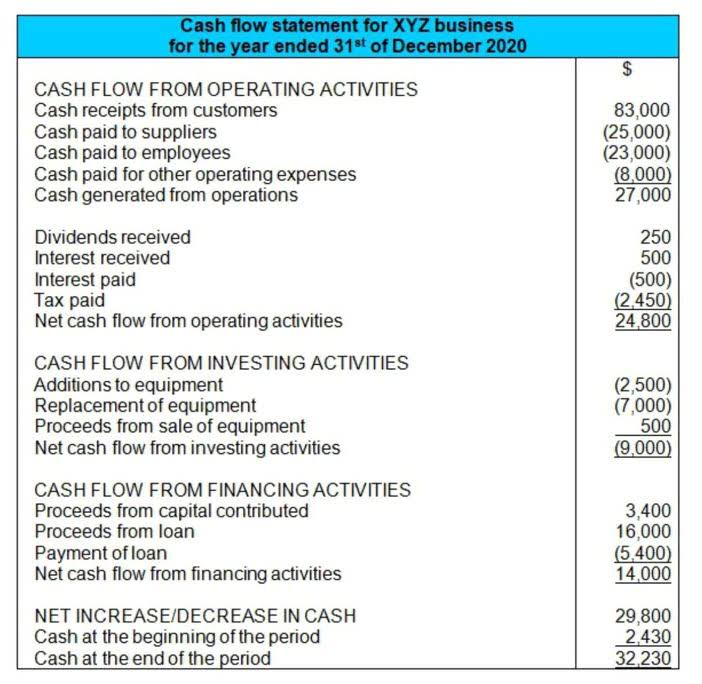
Focus on flexibility – WTW research late last year showed that effective leaders use flexibility to attract and retain employees. For example, organizations report moving toward greater work flexibility, as most employers offer a choice of remote, onsite or hybrid working, and employees value such choice. WTW’s 2024 Global Benefits Attitudes Survey shows that, in many cases, employees are willing to accept lower pay in return for flexibility. California officials are reportedly considering https://www.bookstime.com/ a further increase to the recently implemented $20 minimum wage for fast-food workers. The California Food Council, which was established by Governor Gavin Newsom, is planning to propose an additional 3.5% raise for 2025 at their upcoming meeting in late July, according to Restaurant Business. As the restaurant industry evolves, employees demand the benefits of the traditional 9-to-5 job, such as health insurance, paid sick days, vacation, retirement accounts, and more.
Why adhering to restaurant labor laws is important
The company has already checked off more than 36,000 tasks, helping its servers easily eep up with daily to-dos easily. In fact, 46.5% rated sanitation efforts as very important for their job satisfaction, garnering a score of 4.1 out of 5. As such, you should have clear protocols in place for tasks like handwashing, sanitizing surfaces, and proper food handling. Restaurant scheduling software can make the process easier and more accurate. 7shifts automates schedule creation and changes and communication to prevent double-booking and ensure that all shifts are covered.
- Setting up restaurant payroll also requires that you implement some sort of tip reporting process.
- At the end of the year, you’re required to issue Form W-2 to all of your employees.
- For example, if your restaurant has $3,000 worth of inventory on hand at the beginning of the week and purchases another $2,000 of food products, you have $5,000 worth of inventory.
- This nuanced difference likely wouldn’t matter in many other industries, but it’s an essential factor in the restaurant business.
- Check your province’s guidelines to ensure you’re following restaurant employment laws for your region.
- Moving on from the hourly hustle, let’s talk about salaried pay in restaurants, a world where income is more predictable but comes with its expectations.
Business Type

The IRS may also terminate the agreement if you fail to comply with the requirement or if punitive action is pursued by an IRS service representative. The IRS may also terminate the TRDA if less than 75% of your employees have participated in the program at the end of the year. The EmTRAC program gives you autonomy in designing your educational program and tip reporting procedures, which you can combine. According to the IRS, a POS tip reporting system could meet both of these requirements. And, as with the other IRS tip agreements, the IRS will not initiate a tip examination unless it pertains to the tip audit of a current or ex-employee. Running payroll manually isn’t just a drain on your time and resources.
What is the minimum wage for restaurant employees in Canada?
Confusing tax codes are the root of many preventable payroll tax issues. Make sure you’re paying taxes for all levels of government that affect you and your employees — including federal, state, and local taxes (if applicable). The U.S. Department of Labor classifies tipped employees as anyone who regularly makes more than $30 a month in tips.


Choose a system that is easy to use for employees and customers that can seamlessly tie in with your accounting software. Whether running a small bakery or a fine dining restaurant, you need a POS system for cash management, sending or printing receipts, inventory management, order management, and back-office reporting. The next step is to set up your chart of accounts to categorize the money flowing in and out of your business. A standard chart of accounts includes assets, liabilities, expenses, revenue, and owner’s equity.
How to create a payment schedule for your restaurant
As mentioned earlier, restaurant pay types and rates can vary dramatically depending on the role and employment type. These rates need to be tightly aligned with time tracking software and payroll software to ensure that payouts and tax withholdings are automatically—and accurately—calculated each cycle. For instance, South Carolina doesn’t have a state minimum wage, so workers there are covered by the federal minimum wage of $7.25 how do restaurants pay their employees per hour. South Carolina employers can pay as little as $2.13 an hour provided an employee earns enough in tips to add up to that federal minimum hourly wage of $7.25. But if an employee doesn’t earn at least $5.12 an hour in tips, the employer must pay the difference. When you consider the many regulations, tax requirements, and minimum wage laws in place, it’s clear that calculating employee pay is no walk in the park.

Restaurants must consider tips in their accounting process.
Hiring a payroll specialist or using payroll software can help you avoid common mistakes. Businesses can choose the payroll schedule that works best for them — within certain guidelines and limitations, which, again, can vary by state. Most restaurant operators go with monthly, weekly, or bi-weekly schedules. Restaurant owners also need to take into account the following complications—and meet these compliance considerations—before running payroll.
Employee scheduling and timekeeping practices
Restaurant payroll is easy to figure when you’re dealing with an hourly calculation. It doesn’t matter if you decide to do payroll yourself or hire a payroll service to do it for you, you need all of this information on file before you cut your first check. Restaurant payroll is one of the largest expenses your business will have to absorb. But there is a way to control your labor expenses so your business is always in the black.
- You can choose between cash basis accounting and accrual accounting depending on your profit amounts.
- WeCruitr.io, a platform aimed at making the job search process more humane and effective by connecting job seekers with top recruiters and offering career coaching services.
- “I’ve missed baseball games because I needed to work, even though I planned to be off tonight, because yesterday went so terrible.”
- Restaurant payroll can be complicated if you’re unfamiliar with the nuances of tips, reporting, overtime laws, applicable minimum wage rates, and tip credits.
- He focuses on Restaurant POS technology as well as restaurant marketing.
- For more information on the process, see the section How To Run Restaurant Payroll With Overtime below.
Consult the guidelines from the department of labor in your state to find out if your restaurant is able to participate in tip pooling. Effective scheduling gives you the ability to control all aspects of your workforce management so you can stay within your labor budget and maximize profits. For example, a host or hostess ($12/hour) may fill in for a server ($8/hour + tips).
- Restaurants employ various methods to compensate their staff, catering to the diverse roles within this dynamic industry.
- That’s the benefit they’ll receive if they claim Social Security at full retirement age.
- The IRS may evaluate you and your employees for compliance, but there won’t be a tip audit.
- It’s good practice to draft an employee handbook early, update it as necessary, and share it immediately—and even regularly—with new hires.
- You can use the W-4 form they complete during onboarding to figure out what percentage to take out for income taxes.
Generally, tips are kept by the individual who received them or pooled together and divided among the staff. For many restaurant workers, especially in roles like servers and bartenders, tips are not just a nice bonus – they’re a crucial part of their earnings. They still find their place in smaller establishments or situations where employees may need bank accounts or prefer a physical earnings record. In short, direct deposit is like the secret sauce that smoothly blends the financial transactions between employer and employee, making everyone’s life a bit easier.
